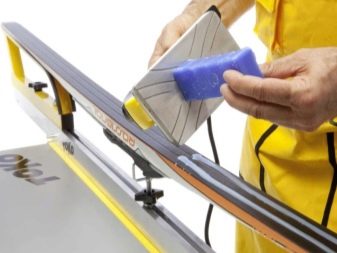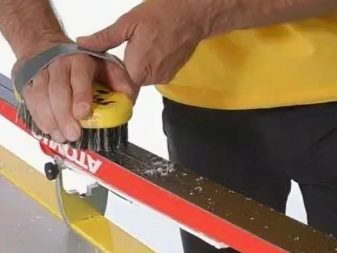Skis for skating

Peculiarities
Skis for skating, a free style based on movements borrowed from speed skating, are selected in such a way as to ensure high speed of movement and even some of its aesthetics. The ridge pair is shorter than the classic pair - up to 192 centimeters. Besides, skis are characterized by the presence of a sharp edge along the edge, which prevents slipping sideways.
Since it is more difficult to move with a skate course than with a classic one, the sports equipment is made almost twice as stiff as that of the "classic", so that the athlete can push off more strongly from the surface. We must not forget that these straight skis do not have strongly curved toes, and some models even come with cropped toes.
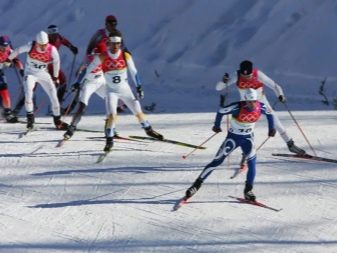
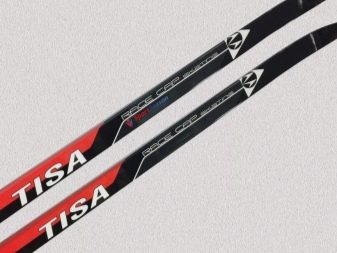
Manufacturing materials
As for the materials of manufacture, wooden and plastic skis are suitable for skating. The latter are much better than the former in all respects, except for cost. It is recommended to purchase pairs of wood at the initial stage of training, after which you gradually switch to models made of high-quality plastic, which are characterized by practicality, ease of use and high speed.
It is important to remember that plastic models are more rigid and therefore more suitable for heavier skiers. Snow adheres to them less during thaws, and they retain their aesthetic appeal for a longer time. Wooden skis, in comparison with plastic, are less durable, they require difficult maintenance and storage. The durability of such models also leaves much to be desired.

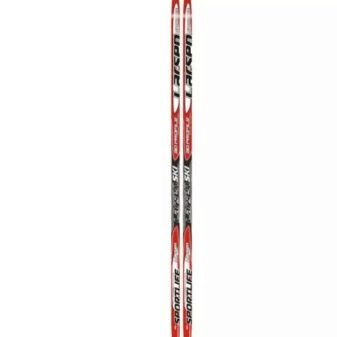
Top brands
Good skating skis can be found at any price point. For example, the products of the rather budgetary brand Tisa are very popular. Model named Race Cap Skating features excellent glide, thanks to which it is suitable not only for skating, but also for sports skating. A big plus is the ability to pick up sports equipment for people who are over 185 centimeters tall. Top Skating from Tisa, with excellent rigidity, is suitable even for soft snow. The special core makes the construction lightweight and easy to handle.
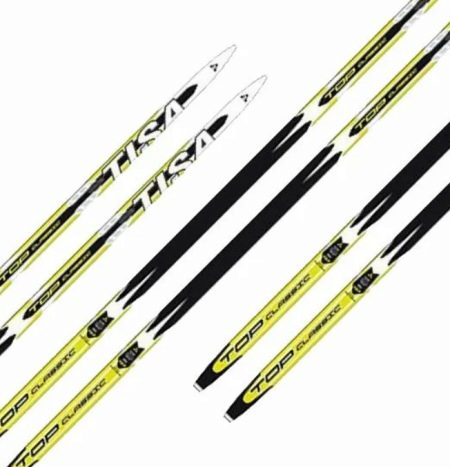
For amateurs and novice skiers, products from the Fischer brand are suitable, for example, LS Skate IFP. The model is quite light and durable due to the presence of a special core with air channels, and also has a long service life. The shape of the plastic construction contributes to the economical use of the lubricant for the outsole. The SC Skate IFP from the same brand has special heel pads for reinforcement, while the CRS Skate IFP is a medium firm with excellent stability and an affordable price.

Skating skis from Atomic have a modern design that makes them look very impressive. Light weight and narrow surface are responsible for outstanding glide. The ATOMIC Pro S2, for example, offers long-lasting glide without additional effort and is suitable for professional training. The ATOMIC Redster S7 model, equipped with special mounting holes, is suitable for people up to 192 centimeters tall.
When pushing off, the skis act as shock absorbers, creating the feeling of jumping from a low springboard.
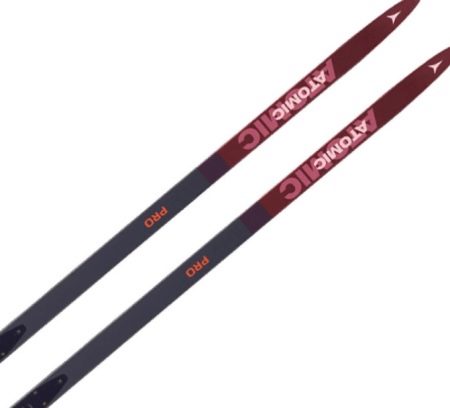
It is impossible not to mention the brand. Salomon, suitable for both professionals and beginners. Despite the high cost of products, the excellent quality of high-tech products justifies any costs. So, The Salomon Rs 8 are called fast, lightweight and well thought-out bindings. The sliding surface is protected by a special film from mechanical damage and UV exposure. Salomon S / Race Skate Yellow allows you to start quickly and move quickly on flat and snowy tracks.
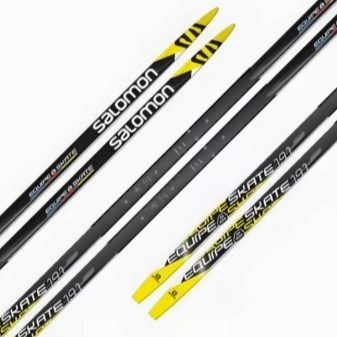
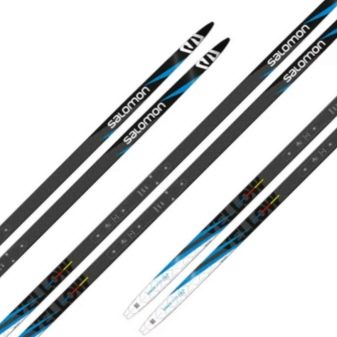
It is also necessary to highlight the Inovik brand, for example, the base model Skate 500 NNN. Lightweight skis are composed of lightweight wood and are equipped with a special sliding surface. Inexpensive models for beginners are produced by Karjala and STC.
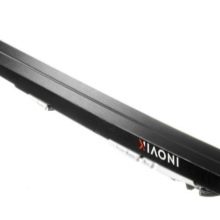
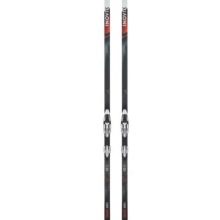
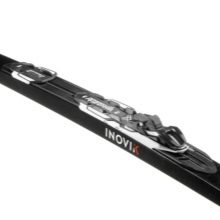
For young skiers, it is recommended to purchase samples of the Nordway, Atomic and Tisa brands.
How to choose?
The choice of skating skis should be based on several criteria, the main ones being height, weight and stiffness. In addition, the skill level of the athlete and the type of track, the material of manufacture and the specifics of the components are taken into account. In principle, the manufacturer's brand can also play a significant role. Initially, it should be understood that beginners should purchase skis designed for skating, and not classic or universal models. Also, an amateur is recommended to give preference to models of average cost.
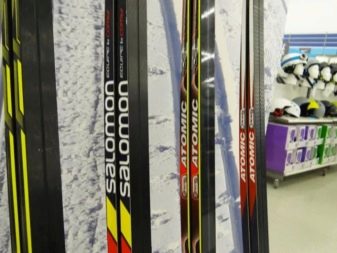
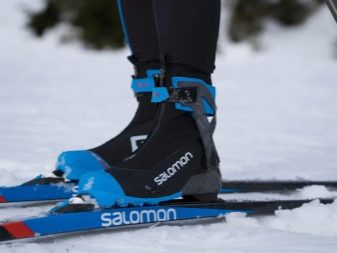
Sticks for cross-country skiing with a skate should reach the skier's armpits or be 15-20 centimeters lower than his height. It is better to select models made of fiberglass. The bindings are matched to the ski boots. It makes no sense to buy expensive shoes if a person does not plan to regularly engage in this sport. The pair must necessarily match the gender and age of the athlete, sit freely, but not hang out.
This means that you cannot buy one pair per family for a man, a woman and an adult child. Skating boots are taller, which allows you to reliably fix the ankle joint, which is subjected to the greatest stress.
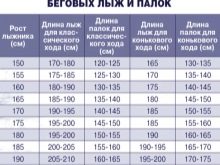
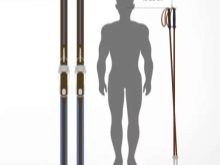
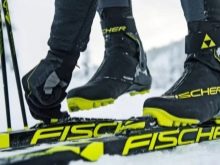
The most popular types of fasteners today are called profile NNN and SNS. Both types are made in the form of plates that are fixed on the ski. The NNN are equipped with a pair of longitudinal rails, while the SNS only have one. Due to their presence, the toe of the boot rests against a special elastic band, which allows you to adjust the fixation of the entire reinforcing structure.Automatic fastening models are fixed with a special click, but are less reliable. Mechanical fasteners have to be fastened by hand, but they hold the leg more firmly.
It is worth mentioning that for skating skis, it is extremely important to have a straight longitudinal groove without the slightest curvature, as well as a flat sliding platform. Bumps, pits, fissures and waves are considered to be an indicator of poor quality. The skis must have the same center of gravity with an offset of no more than 1.5 centimeters. In addition, the equipment must be durable, especially when it comes to people with a lot of weight.
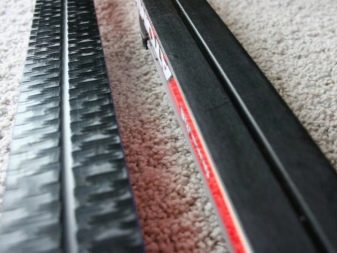
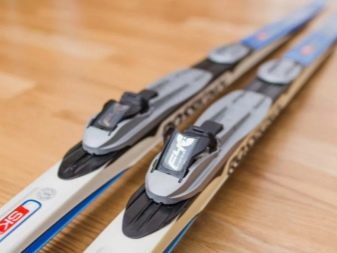
The length of children's skis for athletes under 12 years old should correspond to the height of the child, to which 10 or even 15 centimeters have been added. For a baby under 6 years old, short skis are more suitable, the length of which corresponds to his height. It is categorically not recommended to purchase equipment for growth for a child, as this will create obvious discomfort for a young skier. In addition, larger boots will not fit the ankle well, causing injury and damage.
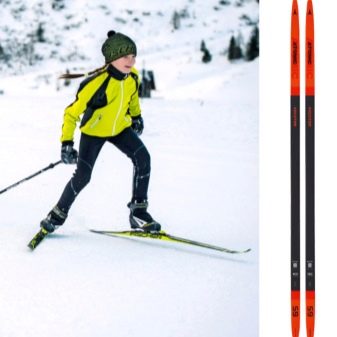

By hardness
To choose a pair in accordance with the stiffness, you need to understand what this indicator generally affects. Stiff skis have better bounce and better take-off. In addition, they show great stability, especially on soft trails. However, one should not think that sports equipment should be as rigid as possible. Firstly, such models cannot be operated on very loose tracks, since they are heavily buried in the snow.
Secondly, it turns out to be more difficult on them to overcome a long distance due to severe fatigue and the inability to develop high speed. Thirdly, according to the rules, hard skis can only be used if you have professional skills and perfect technique. In principle, high stiffness models perform well on short runs.
It is better for novice athletes to take a not too hard pair, since managing it requires serious power costs.
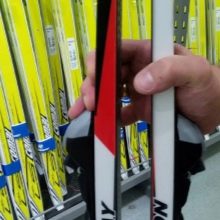
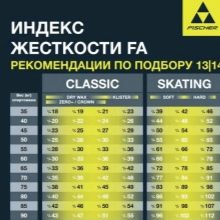
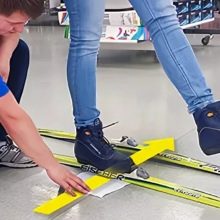
It is more convenient to determine the stiffness parameter with the help of a specialist. For example, you can tell the seller your weight, and he will easily suggest the required indicator. If this is allowed, then right in the store you can try on a ski pair by placing a sheet of paper or a special probe under their central part. In the case when the leaf easily moves and is pulled out, and the probe easily goes back and forth, the rigidity is considered optimal.
The weight during the experiment should be distributed evenly for the measurements to be accurate. In principle, you can also try to connect the skis by leaning their sliding surfaces against each other as tightly as possible. The remaining free 4-5 millimeters indicate that the stiffness indicator is within the required limits.
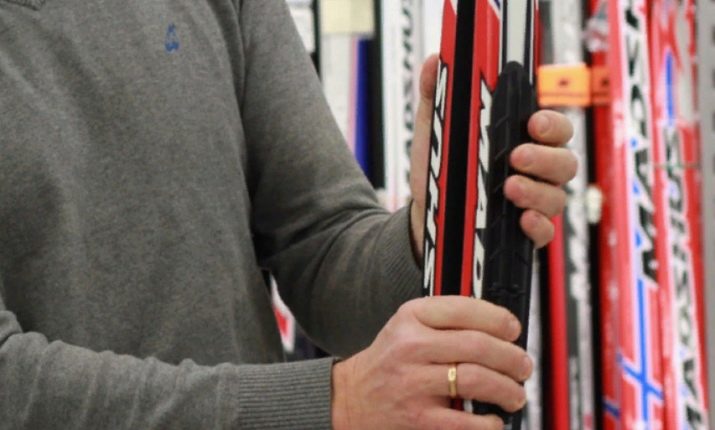
By height
To calculate the optimal length for skating skis, you need to add 15 centimeters or at least 10 centimeters to the height of the skier. It should be borne in mind that the maximum length of this variety is 195 centimeters, so people who are 185 and taller will have to stop at this option. It is worth mentioning that different brands sometimes measure equipment differently, and therefore models of the same size may have different lengths. To determine the optimal sample, tall people are advised to focus on the longest variation.
For beginner athletes, it is allowed to take a smaller version if there is no pair corresponding to the height.
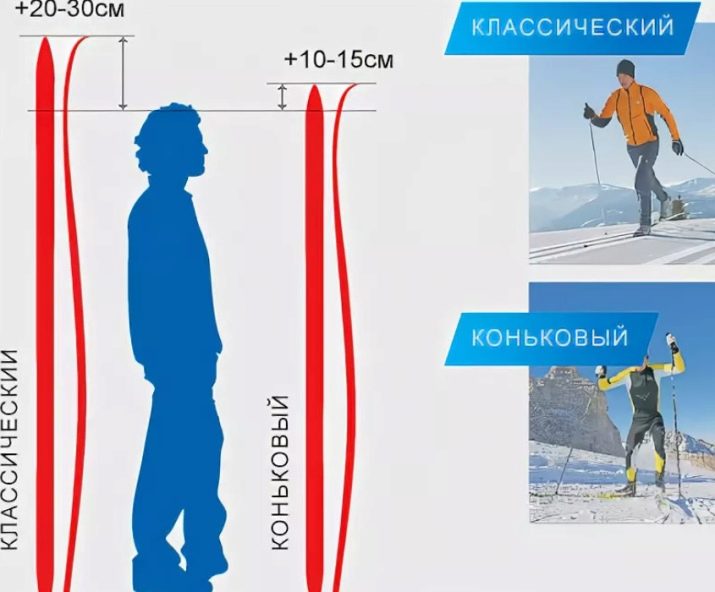
By weight
The lower the person's weight, the shorter the skating skis should be. So, with a weight of up to 50 kilograms, preference is usually given to a length equal to 177 centimeters. For a weight from 50 to 55 kilograms, models from 177 to 182 centimeters are suitable. A weight of 55-60 kilograms corresponds to a size of 177-182 centimeters. A person who weighs 60 to 65 kilograms is determined between sports equipment with a length of 182 to 187 centimeters.
People weighing between 65 and 70 kilograms usually use a pair with a length of 182 centimeters. A weight of 70 to 75 kilograms corresponds to a length of 187 to 192 centimeters, and a weight of 75 to 80 kilograms corresponds to a length of 182 to 192 centimeters. For skiers heavier than 80 kilograms, it is better to purchase a pair of 192 centimeters in size. In principle, on most models, the minimum and maximum weight of the skier is immediately indicated. The skis themselves should not be too heavy.
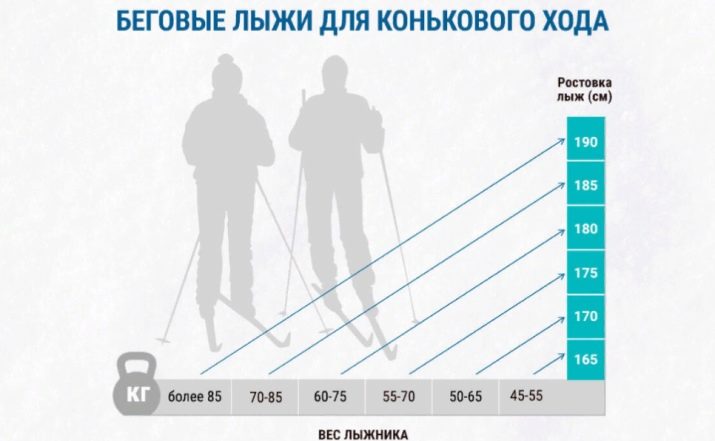
How to prepare at home?
Skate models are designed to slide over long distances, and therefore require special training. At home, after buying a new pair, and just at the beginning of the next season, it will be correct to process the sole of the structure with paraffin, impregnations, lubricants and accelerators that improve sliding. It is necessary to apply a greasy substance along the entire length of the ski. Before putting the equipment away for summer storage, it will need to be cleaned of residual grease, covered with a new layer of paraffin and protected with a cover.
